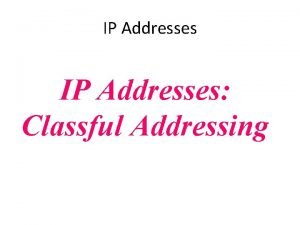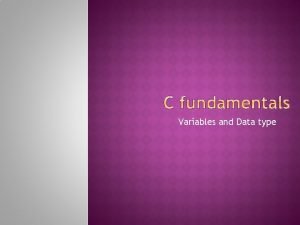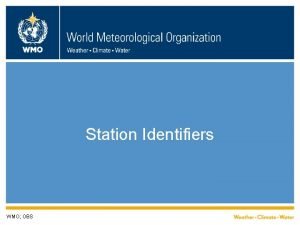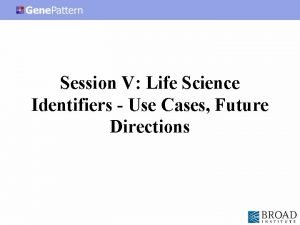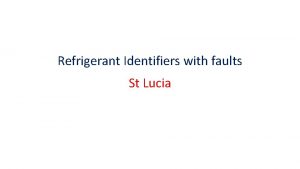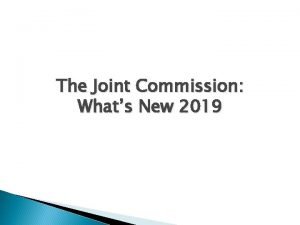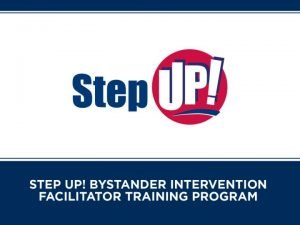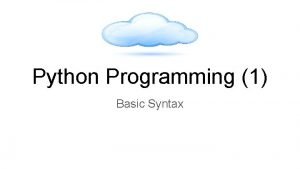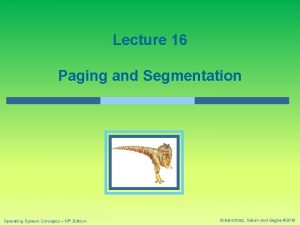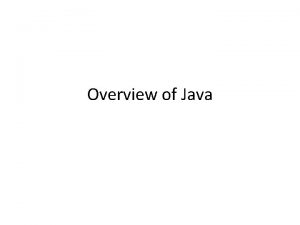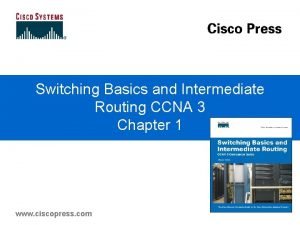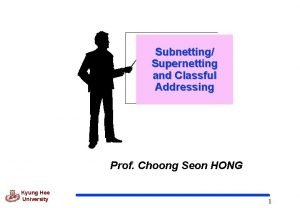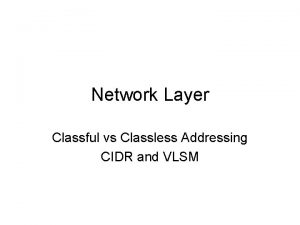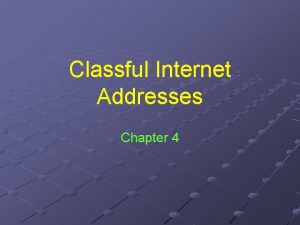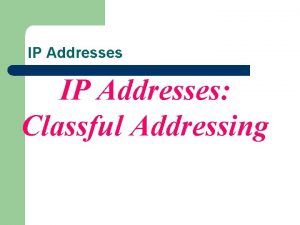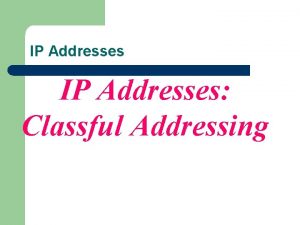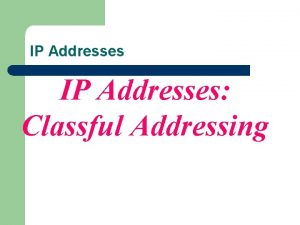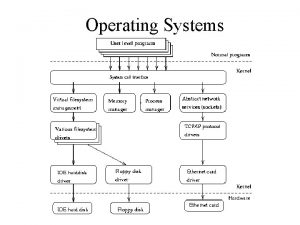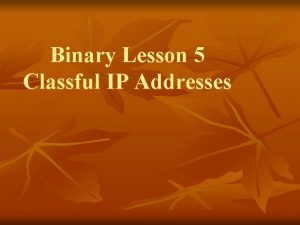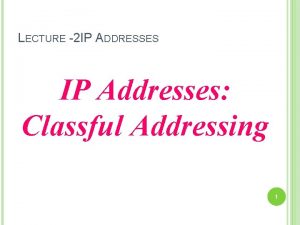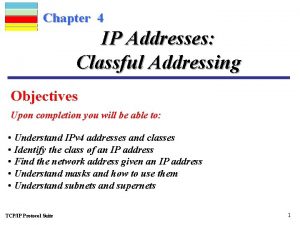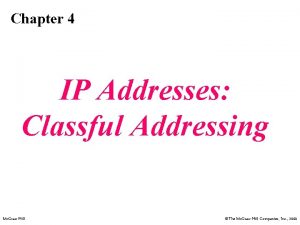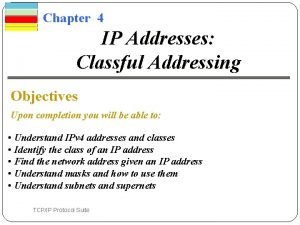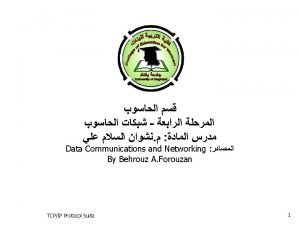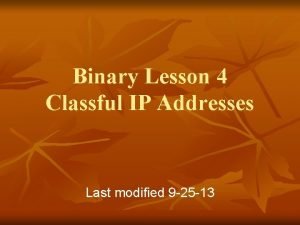Classful Internet Addresses Chapter 4 Universal Identifiers Designers

















- Slides: 17

Classful Internet Addresses Chapter 4

Universal Identifiers • Designers of TCP/IP determined that each host on the internet would have a 32 -bit identifier called an IP address – The address of the network is included in the address (the prefix) of the host on the network – The IP addresses of hosts on a network share a common prefix • Each address is a pair (netid, hostid), where netid identifies the network, and hostid identifies the host on that network

The Original Addressing Scheme • The original addressing scheme was called classful • See Figure 4. 1 – Class A addresses - used for few networks with many hosts – Class B addresses - used for intermediate size networks – Class C addresses - used for networks with < 28 hosts – Class D addresses - internet multicasting – Class E addresses - future

Addresses Specify Network Connections • In general, an internet identifies a host • If a router connects to two networks, then it requires two IP addresses, one for each network • Conventional computers that attach to more than one network are called multi-homed hosts

Network Addresses • A hostid of 0 (all zeroes) is not assigned to an individual host, it indicates the network itself • A hostid of all ones is a broadcast address and refers to all hosts on the network (ones means all) • When a packet is broadcast: – a receiving router looks at the netid portion of the address to pass it on to that network – when the packet arrives at the destination network, that router looks at the hostid; if all ones, it broadcasts

Limited Broadcast • As part of a startup procedure, a host may use a limited broadcast address (32 ones) before it knows its IP address or the prefix for the local network • Generally, TCP/IP restricts broadcasting to the smallest set of machines

Zeros and Ones • A field consisting of ones can be interpreted to mean “all” • A field consisting of zeros can be interpreted to mean “this” – hostid = 0 is this host – netid = 0 is this network

Addressing Extensions • To conserve network prefixes, subnet addressing allows multiple physical networks to share prefixes • In the 1990’s, it was determined that the division between prefix and suffix could occur at any point; this was called classless addressing, or supernetting • For right now, we just need to know that the original scheme is no longer the most widely used

Weaknesses in Internet Addressing • Addresses refer to network connections, not the computer itself – If a host is moved from one network to another, its IP @ must change – Problem with mobile computers; when reconnected at a remote site, it needs an IP @ at this new network? • Class C networks can have no more than 255 hosts • Which @ do we use if a host is multi-homed? • See Figure 4. 2

Dotted Decimal Notation • IP addresses are written as four decimal digits, separated by decimal points • Each decimal corresponds to one octet in the 32 bit IP address • The 32 -bit internet address 10000001110 00001001 00011101 is written as 129. 13. 9. 29 • See relationship of IP @ and dotted decimals in Figure 4. 3

Loopback Address • 127. 0. 0. 0 is used for testing software • The protocol software on the computer interprets this locally and sends no traffic across the network • See summary of special addresses in Figure 4. 4

Internet Addressing Authority • ICANN (Internet Corporation for Assigned Names and Numbers) sets policy and assigns values for names and addresses – Previously was IANA (Internet Assigned Number Authority) until 1998 and was handled by Jon Postel • This central authority assigns the network portion of the address • UHCL has 16 subnets 160 - 175. For example: – 129. 7. 160. 1 – 129. 7. 173. 15

Corporate Groups • IBM has network address 9. 0. 0. 0 • AT&T has 12. 0. 0. 0 • If a corporation has no connections to the Internet, it may use these addresses. Would it be wise? • Why would someone have no connection to the Internet? • The IETF has reserved address prefixes and recommends using them on private internets

Example from Purdue • Mid 1980’s • IP addresses are assigned to each network connection • Merlin has 2 addresses • IP addresses for the routers (Glatisant and Taliesyn) do not follow the convention

Network Byte Order • Not all architectures store 32 -bit integers the same way – Little Endian - low memory address holds low-order byte of the integer – Big Endian - low memory holds high-order byte – How did you do it in Assembly? • In TCP/IP, hosts and routers convert binary to standard byte order before sending a packet, and to host-specific order when receiving • TCP/IP uses Big Endian

Summary • TCP/IP uses 32 -bit binary addresses (called IP addresses) for machine identifiers – address consists of a network id and a host id • The classful scheme worked for a while, but had to be extended • IP addresses refer to network connections • A standard byte-ordering scheme is necessary

For Next Time • Read Chapter 5
 Classful addressing example
Classful addressing example Identifiers example
Identifiers example Wmo station identifiers
Wmo station identifiers Life science identifiers
Life science identifiers Neutronics ultima id pro
Neutronics ultima id pro What are the two patient identifiers
What are the two patient identifiers Persona kit
Persona kit Joint commission
Joint commission Social identity pie
Social identity pie What are the two patient identifiers
What are the two patient identifiers What are the two patient identifiers
What are the two patient identifiers Clia 1988
Clia 1988 Basic syntax of python
Basic syntax of python Segmentation
Segmentation Is java case sensitive
Is java case sensitive Classless and classful
Classless and classful Supernetting
Supernetting Cidr vs classful
Cidr vs classful
